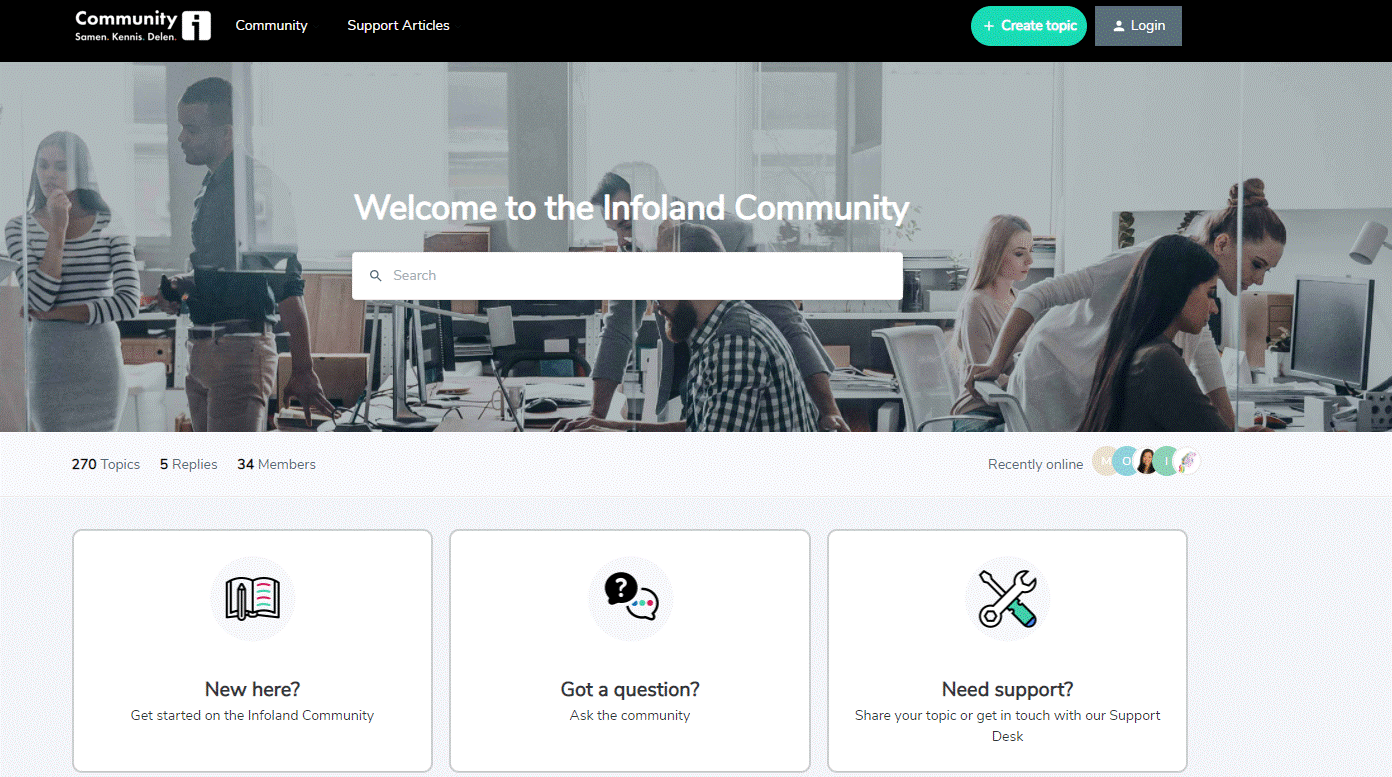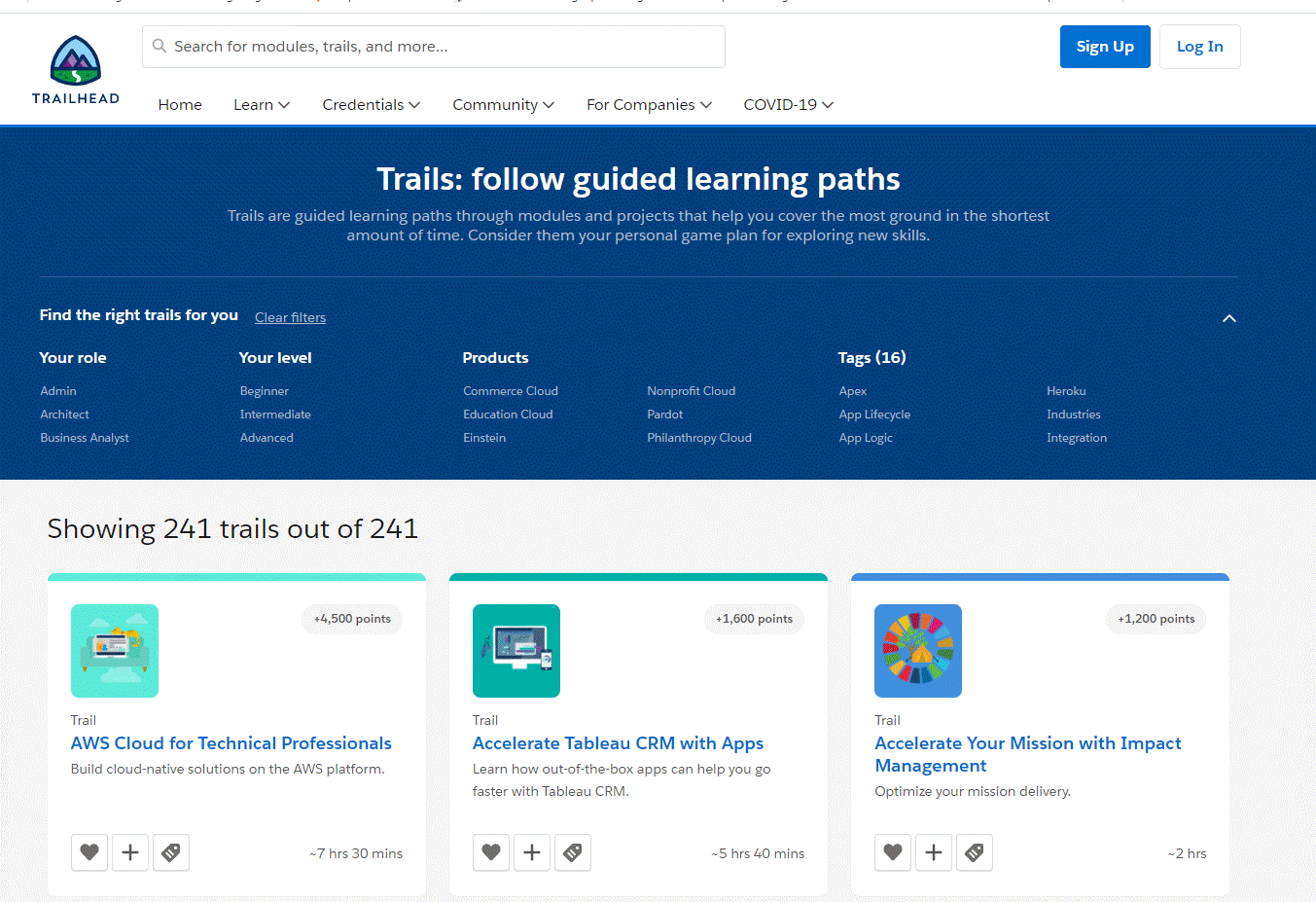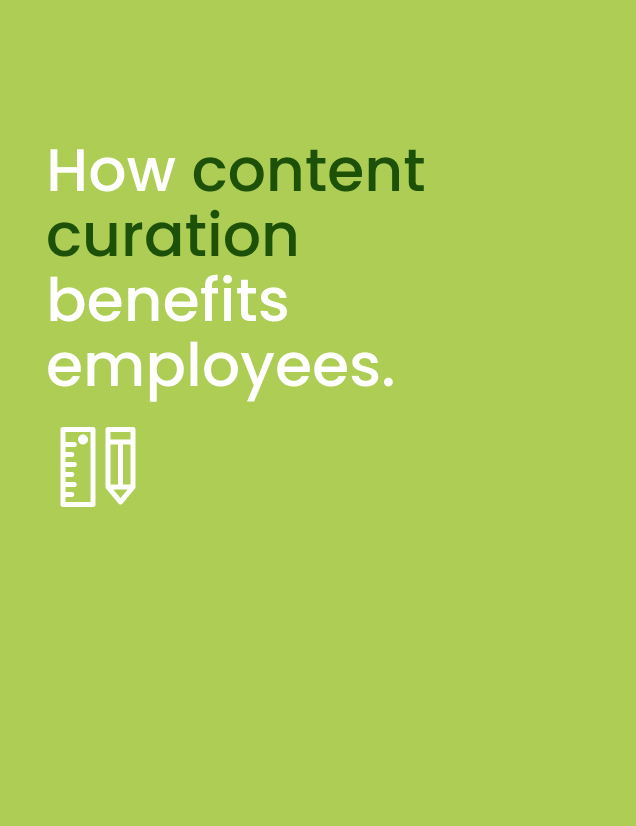The Totara Community has gone from strength to strength. We have more than doubled the number of site users (6,500-14,000) in the three years since the relaunch proved a vital resource for users of Totara throughout the COVID-19 pandemic.
Logins increased by 214% in the height of the global lockdown, and the Totara Community recently won the CEdMA 2021 Innovation Award (awarded to one company per year) for its creative, comprehensive approach to customer training.

94% of users have also rated the available customer training content as excellent or good, proving that our approach is resonating with our users.
However, despite the undeniable benefits of building an online customer community, the process behind launching and growing one isn’t exactly “plain sailing”.
To help you understand and address the common challenges community-building teams face, we’ve asked Totara’s Head of Community Services, Rachel Griffith-Boyes, to share her experiences and advice for anyone looking to build a thriving internal or external community.
Before we get to Rachel’s advice, let’s review the ROI of building a community and some inspiring examples of how it’s done.
(Jump to a specific question or section by clicking it)
-
What is the secret to building a successful customer community?
-
How do you get people to visit your community before turning to other support options?
-
How do you build the right team to create a successful learning community
-
How do you tie member engagement to user performance or customer experience?
The importance of building a strong customer community
Let’s be honest, setting up the foundations for a strong community through learning requires consistent planning, strategy and execution. So why build one in the first place?
Building a booming online customer community through education is a powerful strategy that benefits most areas of business. It builds a brand that your customers love, improves customer experience, reduces churn and inspires loyalty. These benefits apply to both employee (internal) and customer/user-facing (external) communities.
Research shared in the State Of Community Management Report 2020 shows that the average ROI of an online community increases with age and that once developed and matured, customer/user-facing communities can see a 6,130% ROI and employee-facing communities can generate a 1,967% ROI.
Moreover, the benefits of a brand-based customer or employee community go beyond an increase in sales, profitability or competencies, you’ll also:
1. Lower support costs
With content such as tutorials, guides and walk-throughs combined with access to shared expertise from others, having a training-based community will drastically decrease support costs and reduce the number of customers/employees who require help directly.
Users are empowered to instantly solve problems in the quickest way possible and without having to experience any wait times.
2. Stronger brand loyalty
Referral marketing or word-of-mouth marketing is ranked as the most effective way to drive business. But securing referrals requires trust between you and your valued customers.
Communities facilitate that trust by consistently interacting with and providing value to your customers.
3. A better understanding of your customers
What do your customers or employees think about your products and your business?
Organisations spend fortunes attempting to answer this one question which can sometimes fail to generate any concrete insights.
Fortunately, access to a customer training LMS and the right community-building tools makes this data easier to obtain, especially if you’re using a learning experience platform (LXP) like Totara Engage to send out pulse surveys and interact with your community.
Online customer community examples
Of course, we’re not the only example of an online community that’s reaping the rewards of being committed to employee training and educating users to improve customer experience. Here are more inspiring customer community examples and case studies:
Infoland’s customer support community

Aiming to achieve 15 million end users globally by 2030, software vendor Infoland was undergoing serious growth. This resulted in greater demands for scaling customer support without increasing the headcount of their support department.
So Infoland built a thriving customer community that scaled support by educating users.
Users now answer 40% of new questions that other users ask and 31% of users now favor self-service options.
Salesforce’s gamified Trailblazer Community

Salesforce’s community is a perfect example of educating users and enabling them to help each other out.
The community platform also cleverly uses gamification to reward members for answering questions and being valuable to other members, the results, according to Salesforce’s Senior Director Of Community, Erica Kuhl, speak for themselves.
“Members spend 2x more and have a 33% higher adoption rate than non-community members.
The results were staggering. They had to double-and triple-check these results because they were so ridiculous.”
Now that we’ve covered the benefits of building a customer community (alongside some inspiring examples), let’s dive into Rachel’s top tips for building an online community through training.
What is the secret to building a successful customer community?
The number one thing is to ensure there’s a common purpose for your community.
There needs to be a reason it exists, whether it’s based on what people do or what people like. Another important thing is to give the community the flexibility to decide how they use it.
It’s an interesting balance for us – people don’t always do what we think they’ll do, but equally, they often start doing things we don’t expect, which is always nice to see.
For instance, one user started posting “What I learned this week” threads, which we’ve enjoyed reading!
It’s also crucial not to get too involved. The Totara Community isn’t about us as a team – it’s about our users. We stay out of the way wherever possible and let our users get on with it. When we need to, we’ll step in to keep the conversation moving and make people feel involved.
How do you build a community from scratch?
Start off small.
You can have grand aspirations, but you don’t need to be all things to all people immediately.
For example, we recently implemented collaborative workspaces in the Totara Community. We’ve given users the ability to add resources, create posts and @tag people. We’re introducing the concept, seeing how people interact with it and then deciding where to go from there.
If you have a large global community, you don’t necessarily have to do a big bang launch to everyone immediately. Try things out on a smaller group first. Also, let it happen organically.
For example, a user in the UK’s NHS can post a question, which will then be answered by a user in an Australian hospital, and then a member of the police force. Embrace the openness of community support and learning. Embrace the accelerated speed at which learning happens when everyone is invited into the conversation.
Finally, communities rely on collaboration and peer-to-peer interaction and should be self-sustaining. When you’re starting out:
-
Provide enough content that people want to go and see
-
Make sure you have enough structure and guidance in place
-
And take it from there depending on the response you get. (Around 20% of visitors actually post, so think about including the other 80% of “lurkers” in your conversations.)
How do you keep community members coming back?
Think about the triggers for returning to your site. Initially, people will visit because it’s new and novel, but then what?
Is your community going to be part of users’ day-to-day activity? Initially, the answer is almost certainly not, in which case, how do you “interrupt” them with notifications to remind them to come back?
For instance, in the Totara Community, users get notifications when someone posts something new to a forum they’re subscribed to, and these email notifications make sure people check back to see the new content.
“All communities are a coming together of people with something in common, whether you love it or have to know about it.”
At the same time, we’re constantly rolling out formally structured content, including webinars, courses and resources. We like to keep people informed about new content we think they’ll like, such as “You attended a webinar on this topic, so here’s a course we think you’ll like.”
The third thing to bear in mind is that we need to keep barriers to access as low as possible.
The old version of the Totara Community and Academy required manual registration and payment, which didn’t make it especially user-friendly or appealing.
On the new version, single sign-on helps people get straight into the platform without needing to remember yet another password, and our formal learning ( Totara Learn ) and informal learning ( Totara Engage ) areas are seamlessly integrated so users can navigate around the site with ease. It’s also completely free!
How much input should moderators have in a community?
It completely depends on the type of community, the type of users and the subject matter. For us, we’re a professional learning community of people who are all very nice, so our moderation is pretty low.
In terms of moderation, our main purpose is to maintain activity – we’re present and answering questions, but we try not to overdo that, as omnipresent moderators can stifle conversation and create a Q&A environment rather than an active conversation.
Our sector spaces aimed at learning professionals in different industries are moderated by volunteers from those industries. We stay out of them and leave the moderation to the experts!
You’re much more likely to encounter content in need of moderation if you enable anonymous posting or if you’re dealing with sensitive subject matters. In those cases, it’s worth keeping a closer eye on what’s being posted to keep the community safe and engaged.
How do you get people to visit your community before turning to other support options?
Getting people to visit your community is a behaviour-building exercise.
We have some users who complete all of our courses within 24 hours! Of course, we’re delighted with this, but it’s not something we expect across the board.
The pandemic forced lots of organisations to switch to remote work, which in turn forced a lot of organisations to exclusively communicate, collaborate and learn online.
It’s vital to highlight that a customer or learning community isn’t just a low-class substitute for being in the office. On the contrary, it has lots of benefits above and beyond face-to-face interaction, such as better asynchronous working, access to experts across your entire organisation and quick, easy access to company-specific materials, processes and resources.
We’ve found success by identifying people who believe in the power of your community.
These people often become “super users” who take personal pride in becoming certified or becoming high-status members of your community.
We offer certification through the Totara Academy, so we award badges for course completion. Many people find this a motivating way to learn, as they can then use their badges as evidence of learning at work or on LinkedIn.
How do you build the right team to create a successful learning community?
We have a relatively small, but powerful, cross-skilled team behind the Totara Community. We’re super efficient, and everyone on the team has a flexible skillset, such as instructional design and project management, or technical writing and learning design.
To build your customer community team, you will need:
-
An instructional design head to establish how people learn and interact with content and to build a sensible learning journey
-
Visual designers to make the community look consistent and on-brand
-
Learning designers and developers to build the training you will provide
-
A site administrator with experience in the platform you’re using
We also have a dedicated Totara Help team of two technical writers, who produce all of our technical documentation to help users of our products. This sits alongside the Totara Community, and there are lots of cross-linking content between the two sites to provide as much support as possible.
On top of our core Totara Community team, we also tap into resources around the business, such as marketing, customer support and subject matter experts.
How to tie customer engagement to user performance/customer experience?
You can recognise engagement in terms of certifications, quality and quantity of contributions and resources shared and curated.
The beauty of using a learning experience platform (LXP) like Totara Engage is that we can report on engagement, e.g. who’s posting more? Who’s posting valuable content? Who’s really responsive?
You can then take this information and identify “super users” or valuable contributors, and take this into consideration as part of the performance management process, such as “Person X is a top contributor” or “Person Y has 10,000 likes on their videos.”
360 feedback is another great way to drive peer recognition within your community.
When your users provide 360 feedback on their colleagues’ work, you can also encourage them to highlight any particularly prolific or helpful community users. It can be very motivating to know that your opinions and contributions are valued, which should help maximise engagement levels .
Finally, using collaborative workspaces provides much richer evidence for the work happening around a particular project. For instance, if your organisation is entering into an awards program, you can refer back to your awards workspace within your community for evidence of “working out loud” between team members.
It can be really challenging for L&D teams to measure on-the-job training, ad hoc conversations and collaborative work, so an LXP makes all this information much more tangible and accessible, which can factor into an employee’s performance.
Rachel’s top 5 Totara Community resources
-
Totara 13 new and improved features – our most recent program for people wanting to certify in the newest features in Totara
-
Supporting remote working workspace – a subject that’s relevant to almost every organisation at the moment
-
Totara Talent Experience Platform webinar – a webinar showcasing our full Totara product suite
-
What I learned this week – Larry Mitipelo ( New Zealand Ministry of Justice )’s thread where he shares what he learned about Totara each week
-
Totara for beginners course – our entry course for anyone new to Totara





